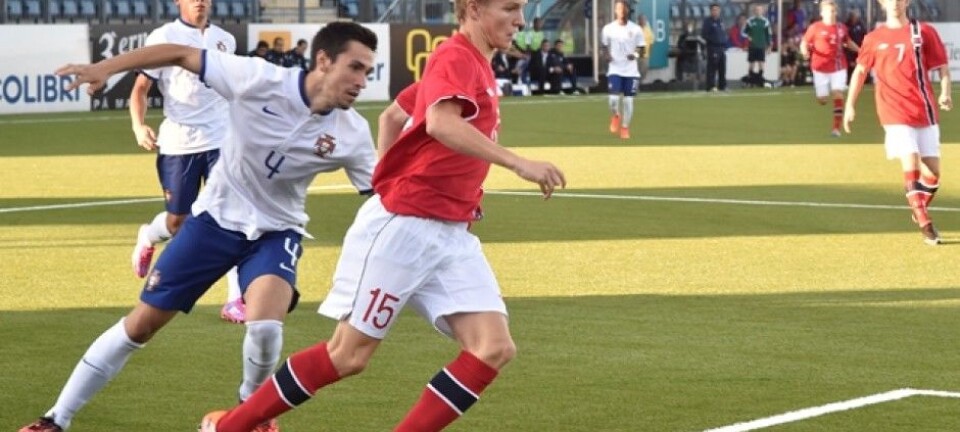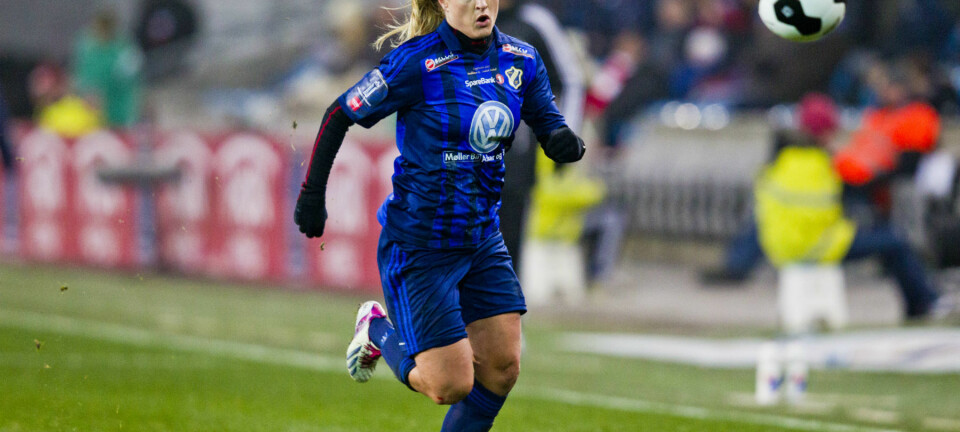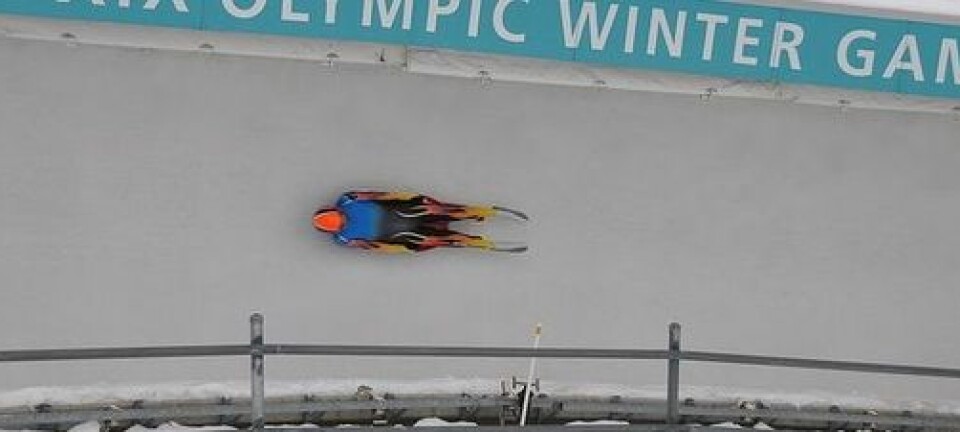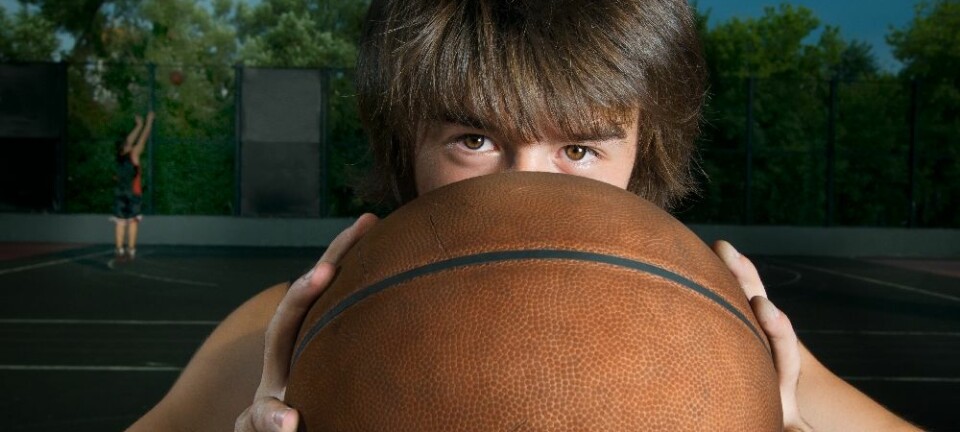This article was produced and financed by The Norwegian School of Sport Sciences
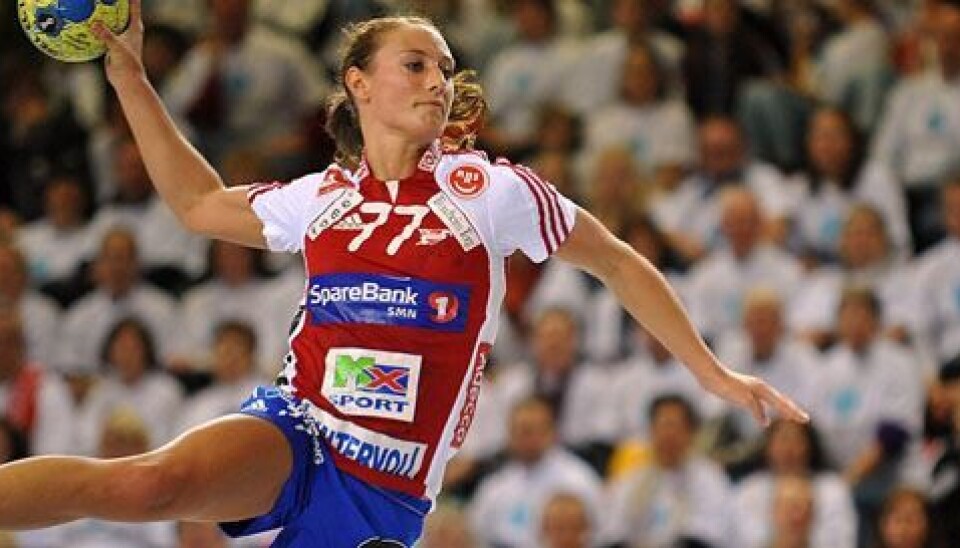
The unique Norwegian female sports heroes
In Norwegian handball, the women dominate the scene completely.
Denne artikkelen er over ti år gammel og kan inneholde utdatert informasjon.
In Denmark and Sweden, handball is primarily a male sport, but it is dominated by women in Norway.
How can we explain that most Norwegians can name more female than male national team handball players?
“The women's national handball team is a reflection of our culture. Gender equality and equal opportunity are important principles in Norway”, says Trygve Beyer Broch at the Norwegian School of Sports Sciences.
In his doctoral study, he examined how gender is perceived in sports and how different sports are shaped by the values attached to them.

“The words used to describe sports reflect how gender is perceived. The concept of aggression is regarded as something masculine while being personable is feminine”, he explains.
Male and female sports equal among TV commentators
Norwegian handball is an interesting phenomenon in this regard. The positive and negative aspects of the game are considered in the same manner regardless of gender. In his research, Broch studied the handball commentators on the largest commercial television station in Norway, TV2, and their coverage of the game.
He found many similarities in how women's and men's handball were covered.
“In both women's and men's handball, the commentators focused on toughness. The male players have large statures and are physically strong. The handball women were coined as happy but tough. They are smiling warriors”.
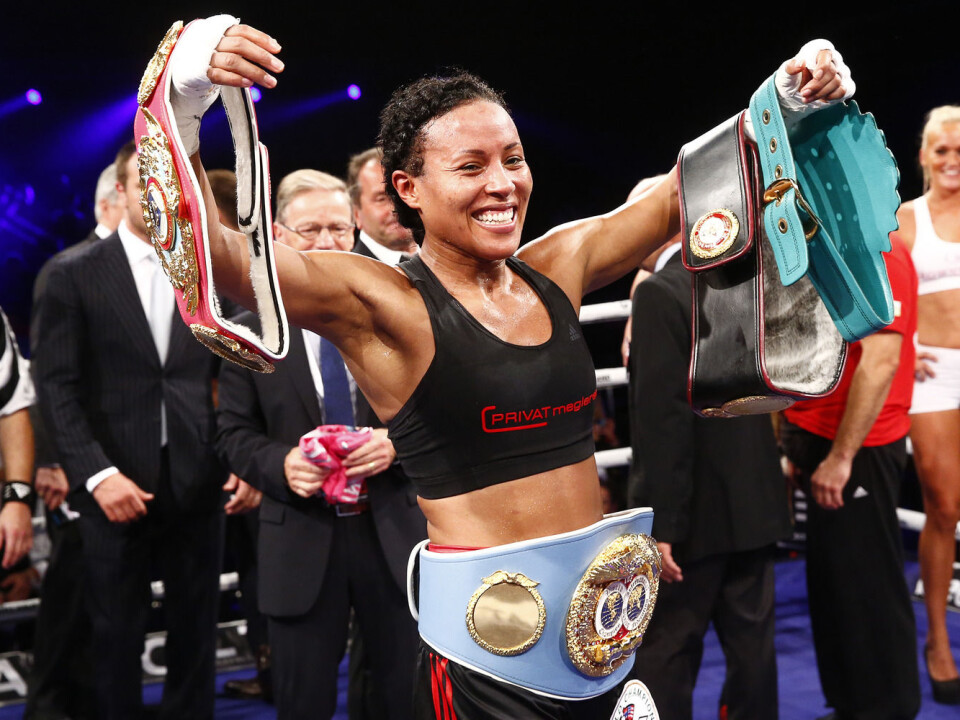
The doctoral research fellow explains that expressing happiness and the joy of playing strengthens team spirit and that it carries over to the viewers. Every December, there is either the World or the European Handball Championships.
Lots of Norwegians turn on the TV to follow their team; the female national handball team.
“The viewers love them. The handball women seem to warm our hearts in the cold month of December”, Broch explains.
“Few people view them as weak or lacking toughness.”
Smiling and shouting are expressions of similar emotions
This understanding of handball does not apply exclusively to the televised variety. Trygve Beyer Broch conducted a field study of two handball teams; a girls' team of 13-year-olds and a boys' team of 15-year-olds. Broch, a former first division player, studied them, acted as a coach and took part in the training sessions. He found many characteristics concurrent with the TV coverage of the game. Both teams employed the same basic strategy to win. In addition, they used different factors to gain an added dimension.
“While the girls smiled and expressed the joy of playing, the boys utilized a motivational speech from a Hollywood movie to psych themselves up”, Broch says.
Marit Breivik, former head coach of the Norway women's national handball team, was the role model for the girls' coach. Expressing happiness and the joy of playing were important values. On the national level, they believe that these values influence both the team and the audience. The men's national handball team is not seen smiling as much but they still express joy over their achievements.
“Both boys and girls express aggression and happiness, for example after scoring a goal. The different responses convey more or less the same meaning, the doctoral research fellow explains. And, he stresses that smiles are most common in women's handball.
Aggressive, devoted and mean = successful
By analyzing handball in four different contexts, women's and men's handball on TV and working with the girls' and boys' teams, Trygve Beyer Broch identified a set of terms, or code words, which influence the way we understand the game. When describing the game, aggressive, devoted and mean were associated with success. Passive, selfish and nice were tied to failure. On TV, these words were used on equal terms in both women's and men's handball.
“In contrast to international research which focused on differences, I found little disparity in how women's and men's handball are covered by the Norwegian media”, Broch says.
His field study of youth teams showed that this applies to the players and coaches as well. While the girls' training sessions were characterized by games and social bonding, the boys played in a different manner; they acted like dedicated and professional players. However, the code words for success remained the same.
Trygve Beyer Broch warns that focusing too much on the code words for success could lead to problems.
“Putting a lot of emphasis on the competitive aspect of the sport can lead to more injuries and reduced team spirit. However, too much fun and games and excessive solidarity may not suit the more dedicated players”, Broch explains.
A Norwegian phenomenon
In other sports, especially outside of Norway, female athletes are disregarded and marginalized. This is less prevalent in Norway, he says. In addition to a history of equal opportunity and gender equality, we have enjoyed top female athletes in multiple sports, like marathon runner Grete Waitz, the female national cross-country ski team and boxer Cecilia Brækhus.
It is difficult to determine what came first of the female sports heroes and gender equality in sports. Broch would like to stress two factors: That female athletes are successful at this period of time and that it is a good time for them to excel.
“A few decades back, someone like Cecilia Brækhus would not have been as successful in Norway. She performs at an extraordinary level and acts in a manner which appeals to a lot of people. It is not long ago that successful female athletes were ridiculed”, he reminds us.
In contrast to international research
Even as female sports gain more acceptance and are embraced around the world, there are still places where the Norwegian female sports heroes could not exist. It is extraordinary that the Norwegian handball women dominate the media coverage of their game. Broch's findings are in stark contrast to recent international research.
“This can be attributed to the fact that international gender research within sports has focused on the largest arenas”, says the doctoral research fellow.
In addition to football; basketball, American football and baseball are the biggest sports. The first two are male dominated, and the latter two are almost exclusively male sports.
“Prior research documented how sports were created by men to recreate men in a certain image. We found the situation to be different in Norwegian handball. In light of this discovery, we have to reevaluate contemporary international sports sociology and the idea that sports media should maintain a hierarchy which favours men over women”.
------------
Read the Norwegian version of this article at forskning.no







